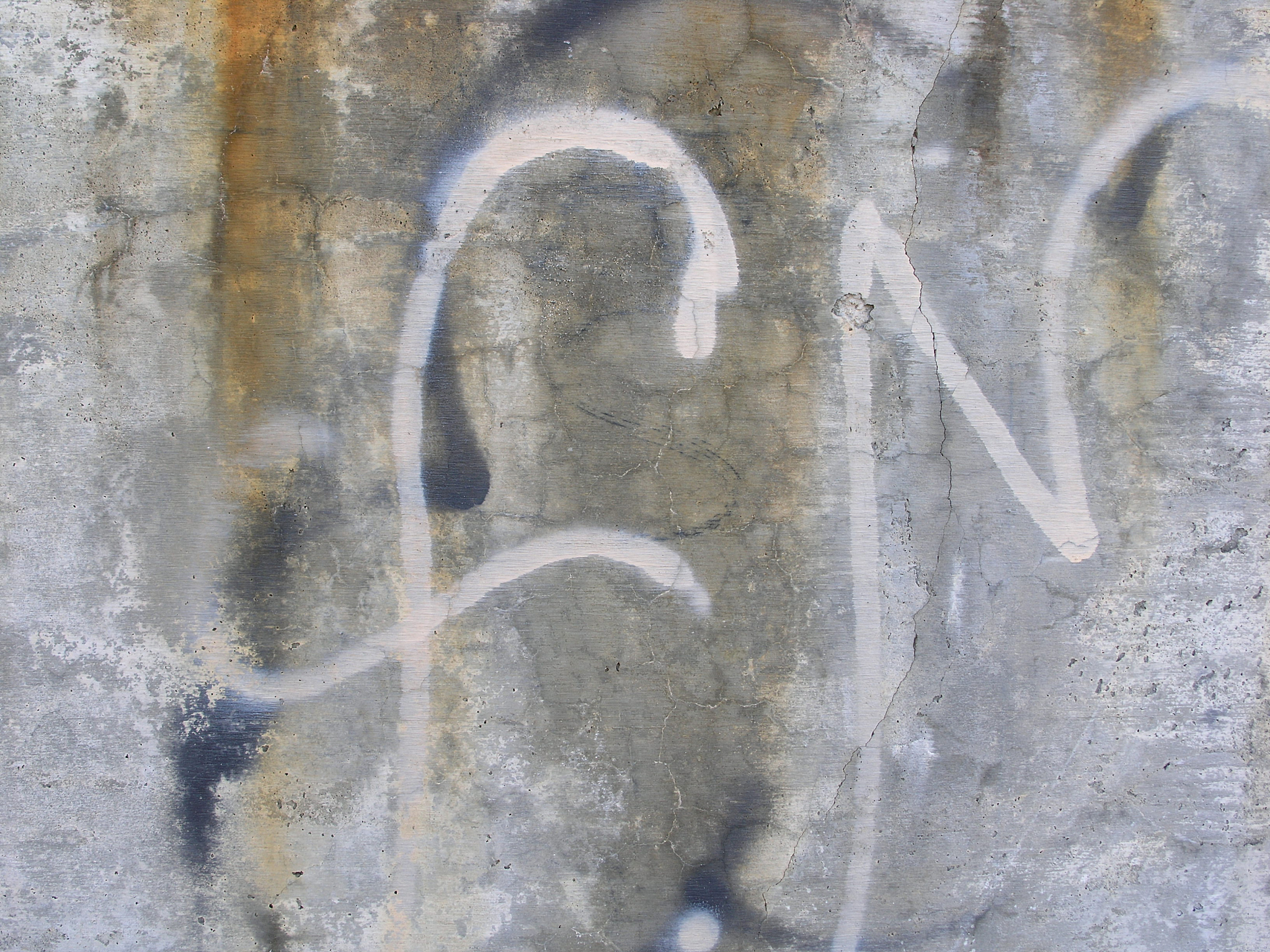审校:The texture of the image not only serves as a widely used painting language but also becomes a unique emotional symbol for artists Expressionist painters often add additional elements to their work
The texture of an image is not only a commonly used language in painting but also a unique emotional symbol for artists. Expressionist painters often incorporate additional elements into their works to depict the effects of a war-ravaged city, such as Tapies using sand, glass shards, and keys. However, the purpose is merely to enrich and express aesthetic interest. Pollock, on the other hand, adds sand or other heterogeneous materials to his oil paints to create a rough and uneven tactile sensation, using methods such as adding small pieces of wood or cotton thread.
Hu Youben manipulates dyed rice paper by creasing it, replacing the appearance of mountains with the microscopic texture of rocks. This reflects the texture of ink and wash painting, while also conveying the abstractness and uncertainty of material texture, which deviates from real life. The choice of texture is placed within an appropriate aesthetic image, and texture also has more room for expression in the field of heavy color landscape painting. When researching new materials or techniques, it is necessary to experiment with the material's texture form before conceptualizing it, analyzing whether it aligns with the thematic content, and then integrating it into the composition to create a fusion of reality and artistic conception. This allows for a unity of texture and spirit in the final artwork

原文地址: https://www.cveoy.top/t/topic/icon 著作权归作者所有。请勿转载和采集!